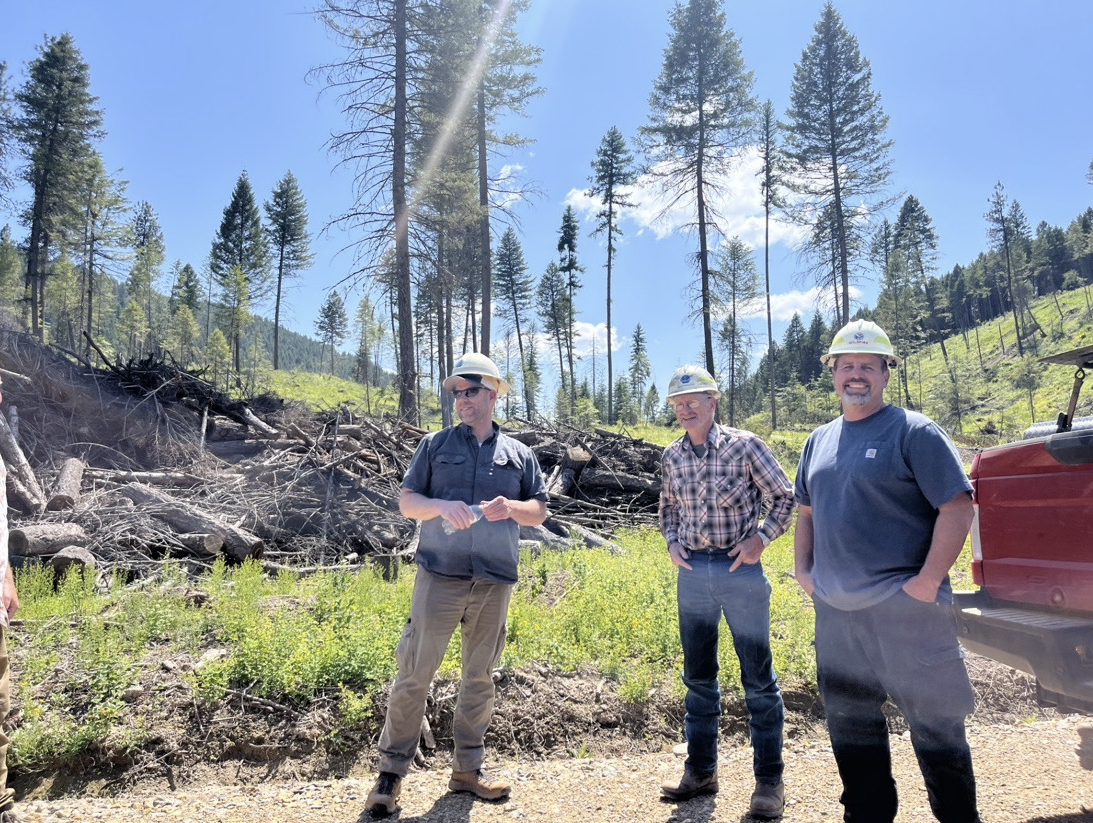28 Aug, 2023
Myno and DNR Join Forces: Advancing Climate Resilience and Biochar Carbon Removal
Climate change poses a critical threat to forestlands in Washington state, and a growing challenge for land management agencies like the Washington Department of Natural Resources to grapple with as they work to ensure those forests survive and thrive for generations to come. The Department of Natural Resources (DNR) supports using biomass to create biochar and impart additive value to forest health treatments.
Myno Biochar Carbon Removal Facilities (CRFs) support’s DNR’s climate resilience and forest health goals by utilizing waste biomass residuals from DNR-managed timberlands to create biochar and renewable baseload electricity. Once online, Myno CRFs will intake approximately 183,000 bone dry tons of sustainable biomass residuals to produce 70,000 tons of biochar and 20 megawatts of baseload renewable electricity.
Myno and DNR recently signed a Letter of Intent (LOI) formalizing their shared partnership and commitment to work together on two carbon removal activities that will enhance forest health, reduce wildfire risk, sequester carbon, increase agricultural productivity, and generate revenue for trust beneficiaries.
Carbon Removal Activity #1: Carbon Sequestration Through Biochar Application
The collaboration between Myno and DNR centers on applying biochar to DNR’s agricultural land, increasing the rate of carbon sequestration and improving soil health. Working with university researchers, growers will document how biochar imparts benefits such as enhanced crop yields, drought resilience, increased nitrogen use efficiency, and reduced input costs onto their lands. By working with agricultural lessees, DNR and Myno aim to create favorable conditions that encourage growers to adopt biochar as part of their soil conditioning practices. This will contribute to long-term carbon removal efforts and increase the profitability of DNR’s agricultural lands.
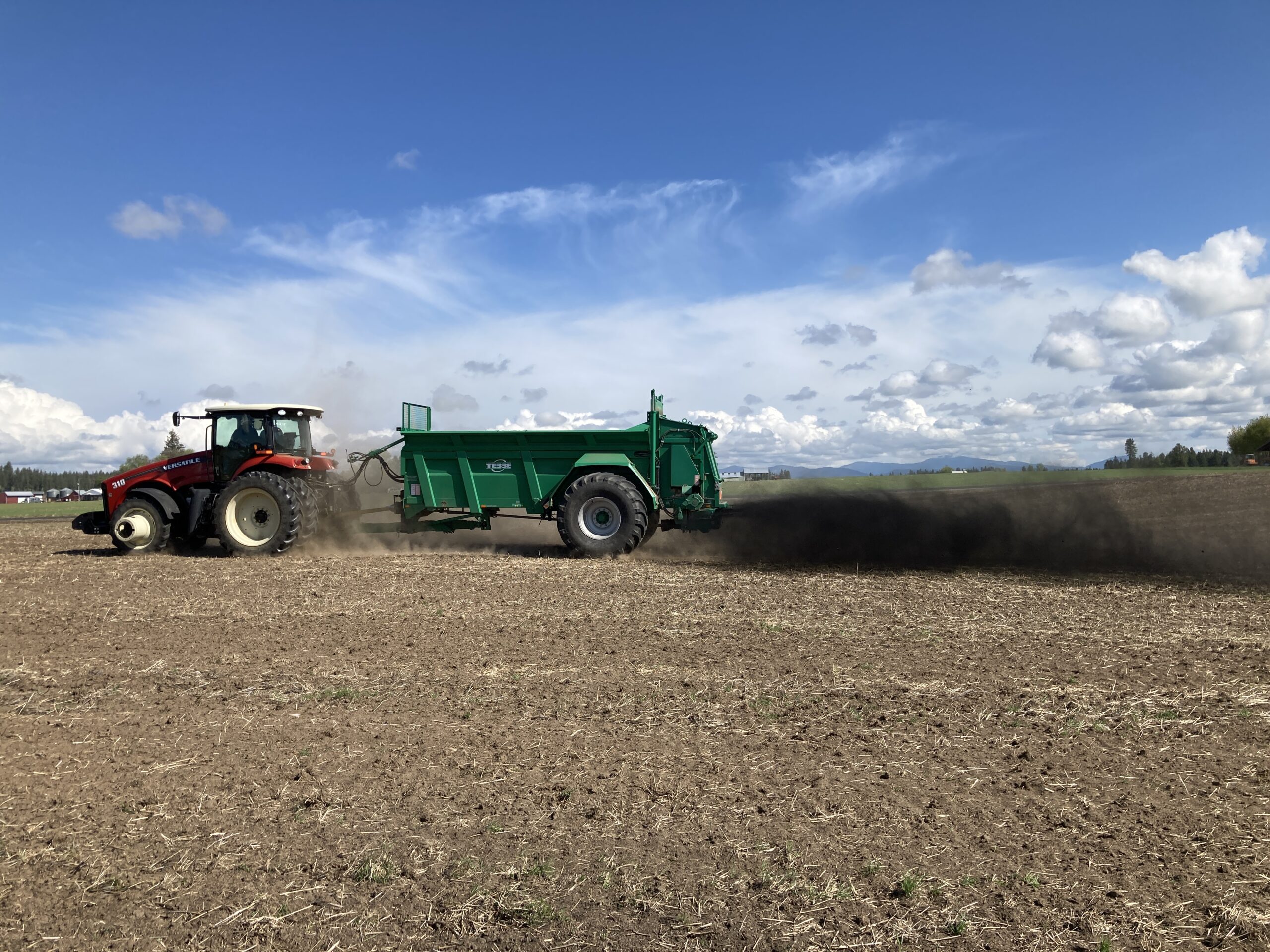
Carbon Removal Activity #2: Feedstock Procurement for Biochar Production
Myno and DNR will collaborate on efficient processes to increase the use of biomass residuals from DNR-managed lands for Myno CRFs. This initiative aims to reduce the number of slash piles left on DNR-managed lands to cure for future prescribed burning. Reducing the number of slash piles will reduce the amount of ground fuel for wildfires and reduce carbon emissions. This new, sustainable approach to managing forest residuals will not only lower costs attributed to pile burning, but also expedite ecological restoration efforts on DNR-managed timberlands.
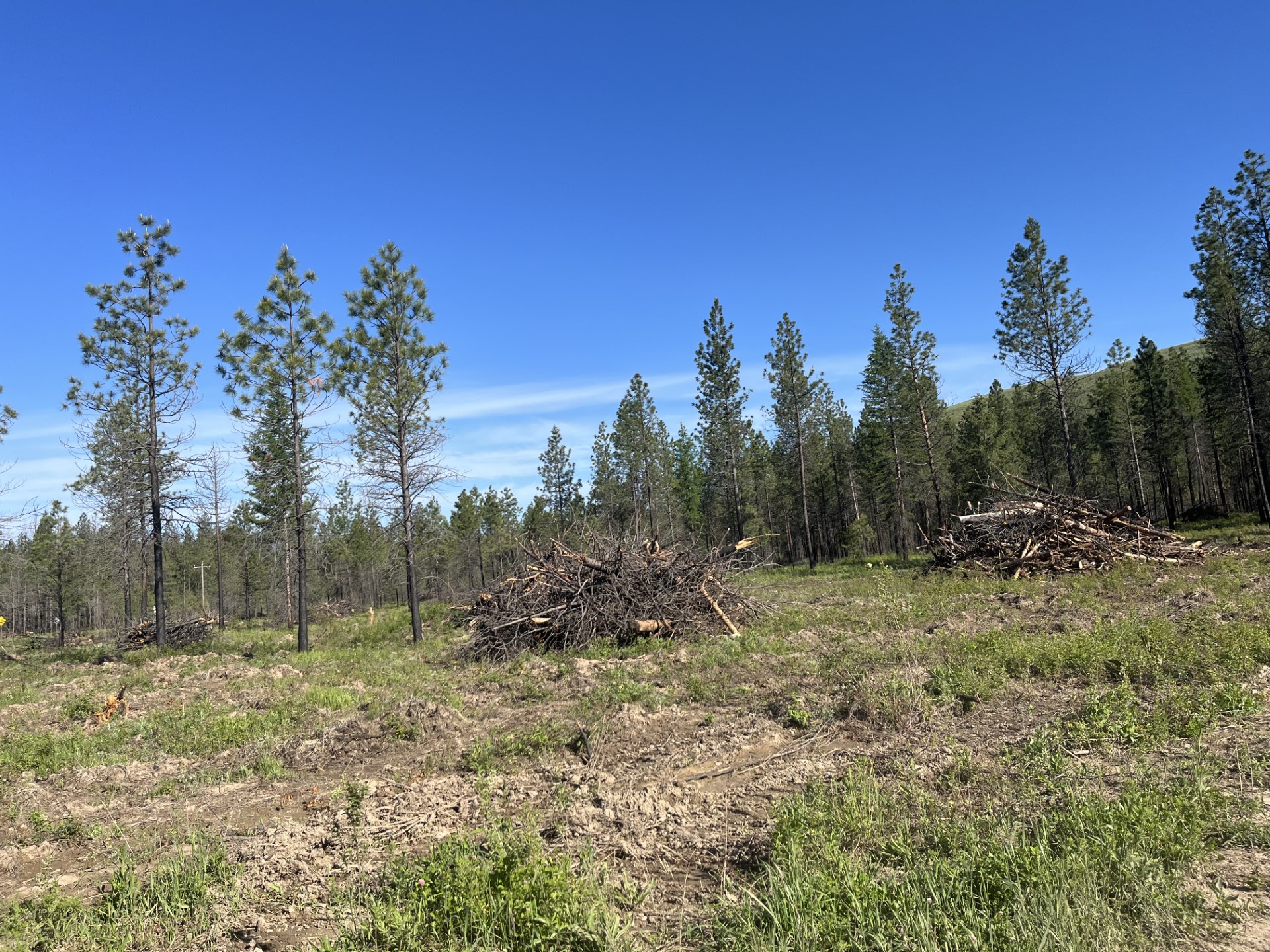
Long-term Collaboration
As the partnership progresses, DNR could include these carbon removal activities in their strategic action plans and budget priorities. Simultaneously, Myno will assess opportunities to establish additional carbon removal facilities in Washington State. This would ensure a steady intake of DNR forest residuals and a stable source of biochar for DNR-managed agricultural lands. Myno will also explore legislative funding opportunities to incentivize the removal and use of sustainable biomass residuals from public, private, and Tribal timber lands to reduce wildfire risk, boost economic growth, and improve public health.
The partnership between Myno and DNR marks a significant milestone in the fight against climate change and the promotion of sustainable forest management. By jointly implementing carbon removal activities through the use of sustainable biomass residuals and biochar application, the collaboration aims to enhance climate resilience, support forest health, and pave the way for a greener, more sustainable future in Washington state. This synergy between the public and private sectors showcases the power of collaboration in addressing the climate crisis and striving for a more resilient future.
